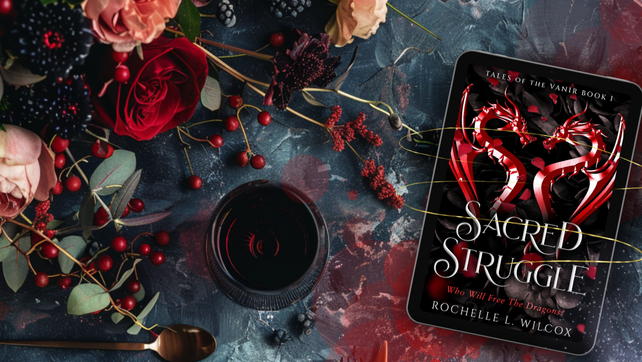
Rochelle L. Wilcox’s fantasy romance debut Sacred Struggle is officially live on Amazon and available to read in Kindle Unlimited. This launch marks the beginning of the Tales of the...
You’ve got books to write—not algorithms to chase. I help authors simplify the digital side of publishing, with smart strategies that protect your energy and get real results.
With over a decade of digital strategy experience and a deep understanding of indie publishing, I help authors build a sustainable online presence—without the burnout. Whether you’re launching your first book or growing a series, I’ll meet you where you are, untangle the chaos, and create a plan that works with your creative flow (not against it).
Think of me as your caffeine-fueled chaos coordinator—part strategist, part sounding board, and always in your corner.
From scattered promo to a plan that works.
Let’s build your brand in a way that’s clear, doable, and aligned with your creative flow.
13+ years in digital marketing, paired with hands-on experience helping authors grow in today’s shifting book market.
No contracts, no rigid packages—just services that adapt as your needs (and energy) do.
Every plan is built on what actually works, not trends for the sake of it. Think insight, not overwhelm.
Your writing time matters. I handle the marketing load so you can stay in your creative zone.
Marketing should support your author journey—not derail it.
I offer strategic marketing support that protects your writing time and works with your creative rhythm, not against it.
Whether you’re preparing for a debut or building out a backlist, I’ll help you connect with readers while keeping your creative energy and peace of mind front and center.
Bespoke Author Marketing That Works With Your Life, Not Against It
Marketing as an author shouldn’t feel like an uphill battle—or a distraction from the work you actually care about. That’s why I offer tailored, flexible services that blend professional strategy with a deep understanding of the author journey. Whether you’re planning your first book launch or trying to re-engage readers after a long break, I’ll meet you where you are and help you move forward with clarity, confidence, and a whole lot less stress.
My approach is personal, practical, and results-driven. I don’t believe in one-size-fits-all marketing plans or generic content templates. Every service is crafted to support your creative process, your schedule, and your long-term goals—without compromising your mental bandwidth.
Digital Strategy & Consulting
If you’re not sure where to start, or you’ve been trying to do “all the things” and getting nowhere, digital strategy is your reset point. I’ll help you:
Build a clear, adaptable marketing roadmap aligned with your publishing timeline
Identify which platforms and tools are worth your energy (and which to ignore)
Map out long-term growth strategies that build momentum without burning you out
Rework or refine your backlist promotion to keep older books working for you
Consults can be booked as one-offs or on a recurring basis if you need ongoing guidance as your author career evolves.
Website Design & Development
Your website is your digital home base—it should showcase your books, answer reader questions, and make it easy to connect. I offer:
Custom-built conversion-focused author websites (no boring templates here)
Integration with email platforms like MailerLite, Flodesk, or ConvertKit
Full support for BookFunnel, Payhip, WooCommerce, and Shopify setups
SEO best practices baked in from the beginning
Clean, mobile-friendly layouts that reflect your genre, tone, and reader experience
Whether you need a full site build or a refresh on an existing platform, I make sure your website works for both you and your audience.
Social Media Management
I get it—social media can feel like a second job. I help authors find what actually works for them. That means:
Prioritising 1–2 platforms that you feel comfortable using
Creating content that reflects your brand without being salesy
Reworking your bio, highlights, and link-in-bio tools for better conversions
Building a backlog of graphics and captions so you’re never scrambling
Managing scheduled posting, audience interaction, and growth strategy (optional)
I’ll never push you to go viral or dance on TikTok—unless you want to. The goal here is sustainability, not exhaustion.
ARC & Street Team Management
Review teams are powerful when they’re set up properly. I’ll help you:
Recruit and onboard reliable ARC readers
Create sign-up forms, track responses, and monitor engagement
Send reminder emails, manage review links, and troubleshoot tech issues
Provide a press kit and promotional captions to make sharing easy
Run campaigns that build early buzz and long-term trust
I also offer Street Team setups for authors who want more consistent reader engagement across multiple launches.
Newsletter Strategy & Management
Newsletters are the single most valuable marketing tool for authors—but only when done right. I help you:
Build and segment your subscriber list from day one
Create thoughtful welcome sequences, regular campaign templates, and seasonal promos
Plan launch series that nurture rather than overwhelm
Re-engage cold lists with content that feels personal
Need help migrating platforms or fixing a messy backend? I’ve got that covered too.
Brand Development
Branding isn’t just about having a pretty logo—it’s about making your presence clear, consistent, and memorable. Together, we’ll create:
A cohesive visual identity (fonts, colours, logo)
Strong messaging strategy based on your genre, audience, and tone
Defined content pillars to guide what you share on social and in your newsletter
A style guide so you or your team can keep it consistent going forward
Whether you’re a debut author or revamping after years in the game, your brand should grow with you—not box you in.
Frequently Asked Questions
What types of authors do you work with?
I primarily work with indie romance and fantasy authors—especially those writing in subgenres like romantasy, dark romance, paranormal, or urban fantasy. That said, I’ve supported everyone from cozy mystery writers to contemporary fiction authors.
Do I have to sign a contract?
Nope. I work on a flexible, month-to-month basis. You’ll receive a quote and service outline before anything is confirmed, and you can pause or shift services as needed.
Can I book you just for one thing, like an ARC campaign?
Absolutely. You can hire me for a one-off project or ongoing support—it’s entirely up to you.
Do I have to be on every social platform?
Definitely not. In fact, I encourage authors to focus only where they feel most comfortable. It’s better to do one platform well than burn yourself out trying to do everything.
How do I know if this is right for me?
If you’re feeling overwhelmed, if you know you need support but don’t know where to start, or if you’ve tried doing it all yourself and it’s just not working—then yes, this is probably right for you.
Can you work with my existing VA or design team?
Yes! I love collaborating and am happy to slot into your current team structure. My role is to make your life easier, not take over.
How do we get started?
Just send an email or fill out the contact form. I’ll send over a quick intake questionnaire and from there, we can set up a call or get started directly based on your needs.
Your marketing doesn’t have to feel like a mess. If you’re ready to feel clear, supported, and in control of your author brand—let’s talk.
Get a clear, customized marketing roadmap aligned with your publishing schedule. From launch plans to backlist support, I’ll help you grow your platform in a way that feels steady, smart, and sustainable.
Your website should work as hard as you do. I create conversion-focused sites that highlight your books, grow your email list, and make it easy for readers to stick around (and come back for more).
No need to be everywhere all the time. I’ll craft targeted content strategies that boost your visibility, build authentic engagement, and fit into a schedule you can actually maintain.
Build a team of dedicated readers who are ready to support your release. I manage everything—from ARC signups and review reminders to graphics and email support—so you can focus on writing.
Turn your newsletter into your most powerful marketing tool. I’ll help you grow your list and keep it active with welcome sequences, campaign planning, and launch emails that drive results.
Together, we’ll build a cohesive author brand that reflects your voice, your values, and your goals. From visual identity to messaging and content pillars, you’ll walk away with a brand that feels genuinely you.
Not quite sure what you need? You’re not alone—and that’s exactly why I created these author marketing packages. Each one is built to offer more value, more clarity, and less overwhelm.
Whether you’re launching your debut or managing a busy backlist, these bundles are designed to support your goals without the confusion of a custom quote.
Explore your options and find a solution that fits—no fluff, no filler, just what works.
You don’t need hype—you need proof that this works.
As your digital marketing partner, I combine data-driven strategy with real-world experience to help authors grow sustainably, without burning out.
Years of Experience
Authors Supported
Client Satisfaction Rating
Custom Brand Assets Created
ARC Campaigns Managed
Engaged ARC Readers
Hear directly from authors who’ve transformed their marketing overwhelm into more time for writing the stories they love!
Trustindex verifies that the original source of the review is Google. I cam to Meg with 2 pen names and a website. She has completely solidified my branding with the things that I was already doing in my writing. There was no overhaul and everything feels like me because she took directly from what I have written and not what is trendy and popular. The graphics are (1) better than anything I did myself, top tier quality and (2) gorgeous and consistent. She has a video call with you - develops that relationship right in the beginning and the communication is excellent!Trustindex verifies that the original source of the review is Google. The best PA services for authors I have found! After trying and giving up on several other PAs, Meg proved to be a delight to work with. No more ghosting or wondering if things will get done. No more chasing someone to do their job. Meg is extremely organized and professional. She has a schedule and sticks to it. Her design and analytical abilities are outstanding. She redesigned my newsletter and made it more appealing and easier to read. She's amazing! The last PA I'll ever want.Trustindex verifies that the original source of the review is Google. Meg is exceptionally creative and so easy and comfortable to work with. She provides a range of services including social media content creation and ARC team management for authors, and I found her to be reliable and devoted to my brand.Trustindex verifies that the original source of the review is Google. Meg Kelly worked hard on the ARCs for The Empress. I really appreciate everything she did to get the book downloaded and read. I've already received thirteen ratings, ten with reviews, on GoodReads and ten reviews on Amazon. Considering the release date for the book was only June 28, that's a huge help. I never could've accomplished this on my own. I had no idea where to start, and Meg guided me through the process. It felt weird to have to do so little and yet gain so much. I still don't think the work that she did is something I could duplicate on my own. The created promo images alone are beyond my capabilities, and they look gorgeous. I look forward to working with Meg again on my next release and would recommend her services to any author wishing to promote their work.Trustindex verifies that the original source of the review is Google. Meg was great to work with, very transparent about her process, and answered all my questions with kindness. Highly recommend!Trustindex verifies that the original source of the review is Google. Meg coordinated my latest release - from amazing graphics and creative text to managing my ARC Team. She did everything! She did it perfectly! I'm so grateful for Meg's professionalism, organizational skills, creativity, and astounding social media presence. I can't say enough good things about her! The success of my new release is directly related to the time and effort she put into it! I could not have done it without her. Thank you, Meg!Trustindex verifies that the original source of the review is Google. I've loved working with Meg over the course of my book launch. It was my first experience launching a book and she was such a kind, supportive, and patient presence in my life throughout the months leading up to release day. I chose Meg because, after reviewing several other potential choices for a PA/marketer, she was the only one to tell me that my book (which does not adhere to current big trends or super popular tropes) would be a unique and exciting challenge for her rather than something difficult to sell. Meg shared that she loves to work with a variety of authors across genres, and she is certainly a fantastic person to be on your team regardless of what kind of book you're promoting. I felt reassured from the beginning that she believed in my book and cared about its success. Her organized approach and timely responses took away a lot of stress for me. Meg also has a robust portfolio of work she's done, from websites to graphic design to marketing, and her prices are affordable + transparent. I truly could not recommend her enough. If you're looking for a PA, whether you're more seasoned in the publishing game or new to it like me, please pick Meg! She is wonderful!Trustindex verifies that the original source of the review is Google. As a still emerging Indie Author, I feel incredibly lucky to have Meg on my team. She has seamlessly taken over managing my social media, the (dreaded) marketing, and newsletter creation. Her work is beautiful and professional, as well as well-written and edited. She just redesigned my website, too, and it's perfect. Next up--turning it into an e-commerce site. I can't recommend her enough!Trustindex verifies that the original source of the review is Google. Absolutely fantastic service, I can only recommend it! Meg has helped, supported and inspired me through our work on my first book. Any first-time author would be lucky to enlist her guidance and expertise, and I strongly recommend doing so!Trustindex verifies that the original source of the review is Google. Literary Inspired is honestly a treat to work with. Meg is extremely responsive, sets realistic expectations, and is constantly considering your feedback to ensure you are getting exactly what you had hoped for. Personally for me, I set out to have a logo designed by her since my online presence is mostly through graphics and minimal speaking and/or sitting in front of a camera. At first, I think I was a bit unsure of exactly what I wanted. Yet, Meg somehow could take my unchoesive ideas from Canva and begin to form a logo and brand I could always see but not replicate visually. After a few more briefs, as she calls them, she came up with all that I could imagine and hope for. Thanks a bunch Meg for all that you have done and I look forward to further collaborations in the future.







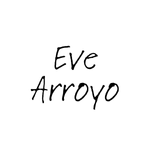





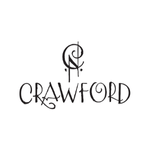






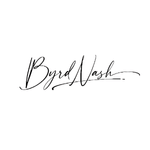





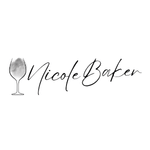
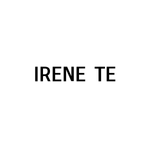




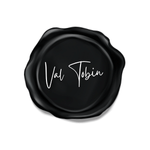
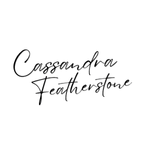





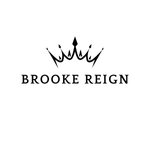









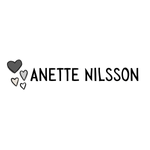
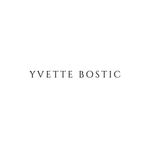








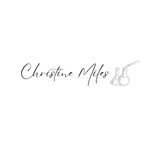




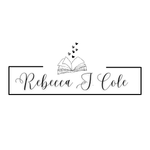

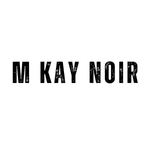








































Finding the right marketing partner matters—especially in an industry where burnout is real and boundaries are often blurred. I work best with authors who value professional growth, genuine connection, and working with someone who gets it.
Here’s how to know if we’ll click:
You need professional support without the need to micromanage
You’re ready to protect your mental health and build in work-life balance
You send pet pics, laugh at book memes, and enjoy sharing the good stuff
You’re cool with the occasional brain dump, random life chat, or “LOOK AT THIS PRETTY THING” moment
You appreciate neurospicy superpowers
You value creativity and systems working together
You’re looking for a long-term partnership focused on sustainable growth, not just a one-time fix
You’re looking for quick wins or viral success without long-term effort
You express racist, homophobic, or bigoted views (hard no)
You think there’s nothing left to learn about publishing or marketing
You resist new ideas, feedback, or experimenting with strategy
You expect constant availability or ignore professional boundaries
You’re not open to guidance, collaboration, or shared decision-making
You treat service providers like they're disposable—or forget there's a human behind the screen
Still here? Then I think we’re going to get along just fine.
Bite-sized tips, trend breakdowns, and real-world advice to help you market smarter—not harder. Practical, honest content designed to support your author journey.

Rochelle L. Wilcox’s fantasy romance debut Sacred Struggle is officially live on Amazon and available to read in Kindle Unlimited. This launch marks the beginning of the Tales of the...
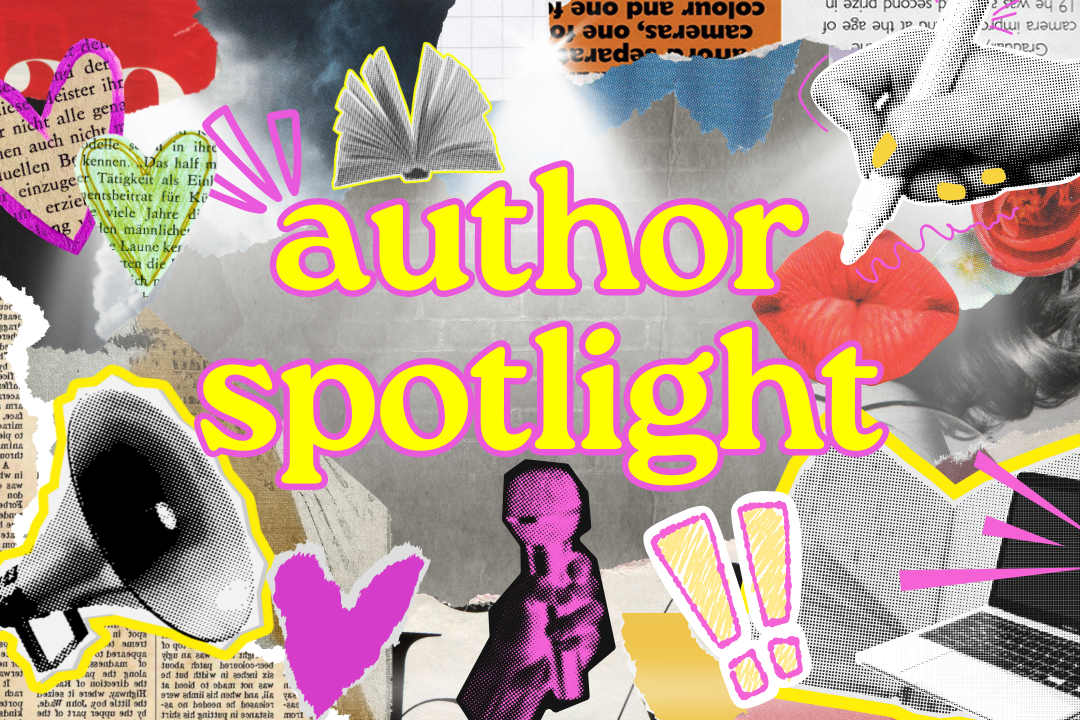
If you’ve ever wanted to share more of your story beyond the blurb, the Author Spotlight Series is your chance. Created for indie authors looking to connect with readers in...

If you’re an indie or traditionally published author trying to grow your readership, you’ve probably searched for author marketing services and ended up with more questions than answers. The term...